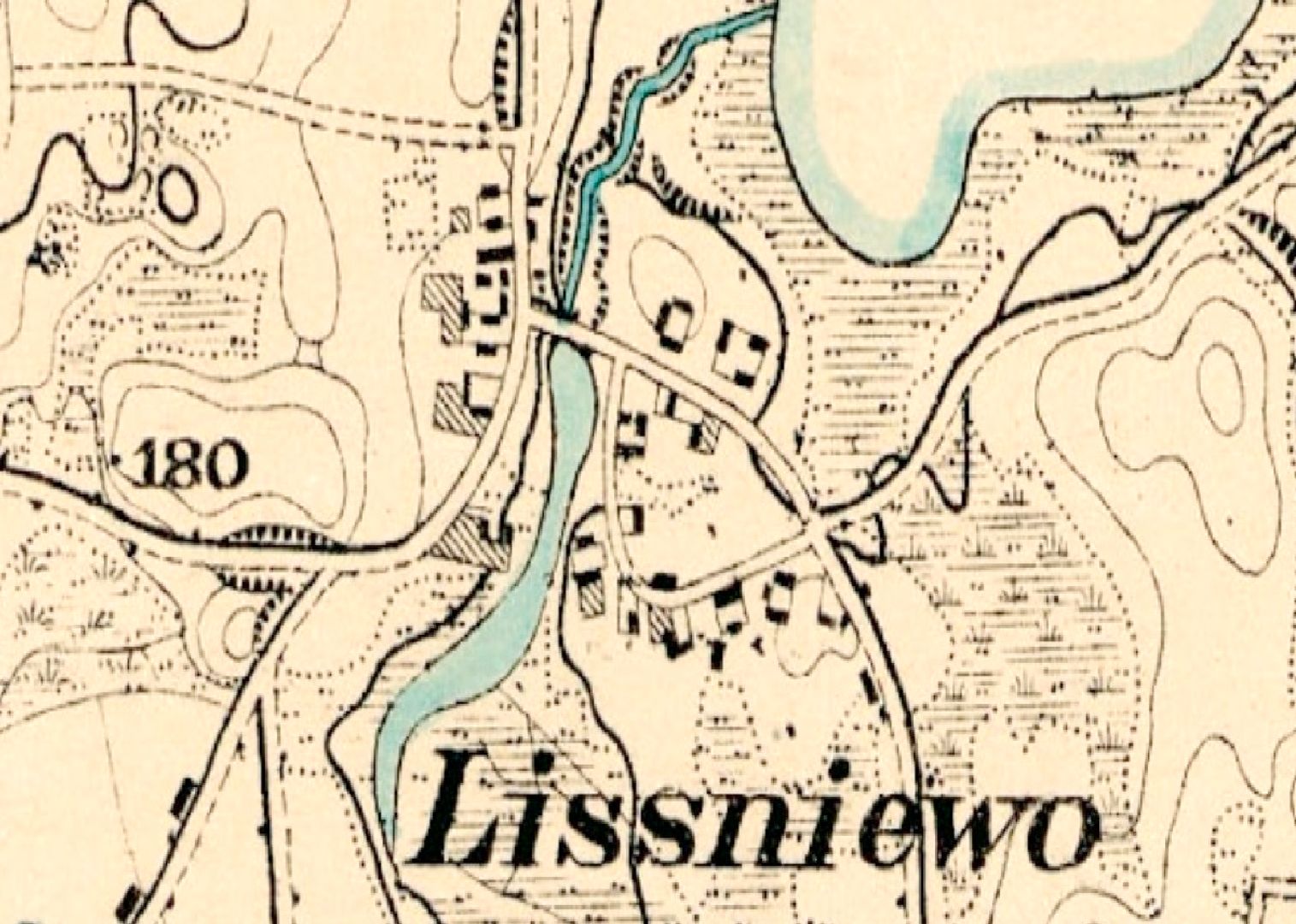Lyśniewo Sierakowickie
6.6

Overview
Łyśniewo Sierakowickie is a Kashubian village located in the Pomeranian Voivodeship, in the municipality of Sierakowice, known for its rich history dating back to medieval times. The modern name of the village is said to derive from the verb "lśnić" (to shine), which is connected to legends about a beautiful castle on Lake Miemino and the glow of the Łyśniewski manor. The history of Łyśniewo begins with its first mention in Teutonic documents between 1437 and 1438. During the Teutonic era, the village was their property, and after 1466 it became part of the Royal estates. Various recorded names of the locality, including Lyssenow, indicate the development and changes in naming under shifting ruling powers. In the 18th century, the village had 17 inhabitants, and in the 19th century, a one-class school was established in Łyśniewo, initiating the development of education. Notable historical events include a school strike in 1906 and the participation of residents in secret teaching during World War II. During the occupation, the village became a hiding place for partisans of the "Gryf Pomorski" organization. After the war, socio-economic changes took place, including the construction of a catechetical hall converted into a filial church. Historical curiosities include a long-standing boundary marking the present-day areas, referred to as the "royal forest," highlighting the endurance of local identity. For centuries, the inhabitants of Łyśniewo have nurtured cultural values, as evidenced by the existence of the Rosary Group. Architectural elements of the village, such as the remains of a water mill and a chapel dedicated to the victims of World War II, serve as important historical and cultural symbols. In recent years, community activities have developed, and in 2021, the "Czym Chata Bogata" Rural Housewives' Circle was established. Łyśniewo is an example of strong social and cultural bonds that have survived a long and turbulent history.
Location
2025 Wizytor | All Rights Reserved